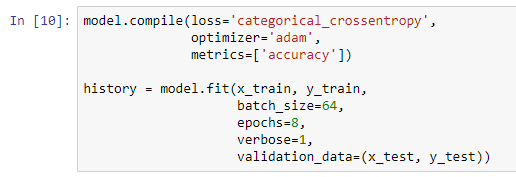Now that we've prepared our image data, it's time to take what we've learned and use it to build a classical, or dense neural network. In this chapter, we will cover the following topics:
- First, we'll look at classical, dense neural networks and their structure.
- Then, we'll talk about activation functions and nonlinearity.
- When we come to actually classify, we need another piece of math, softmax. We'll discuss why this matters later in this chapter.
- We'll look at training and testing data, as well as Dropout and Flatten, which are new network components, designed to make the networks work better.
- Then, we'll look at how machine learners actually solve.
- Finally, we'll learn about the concepts of hyperparameters and grid searches in order to fine-tune and build the best neural network that we can.
Let's...








































































